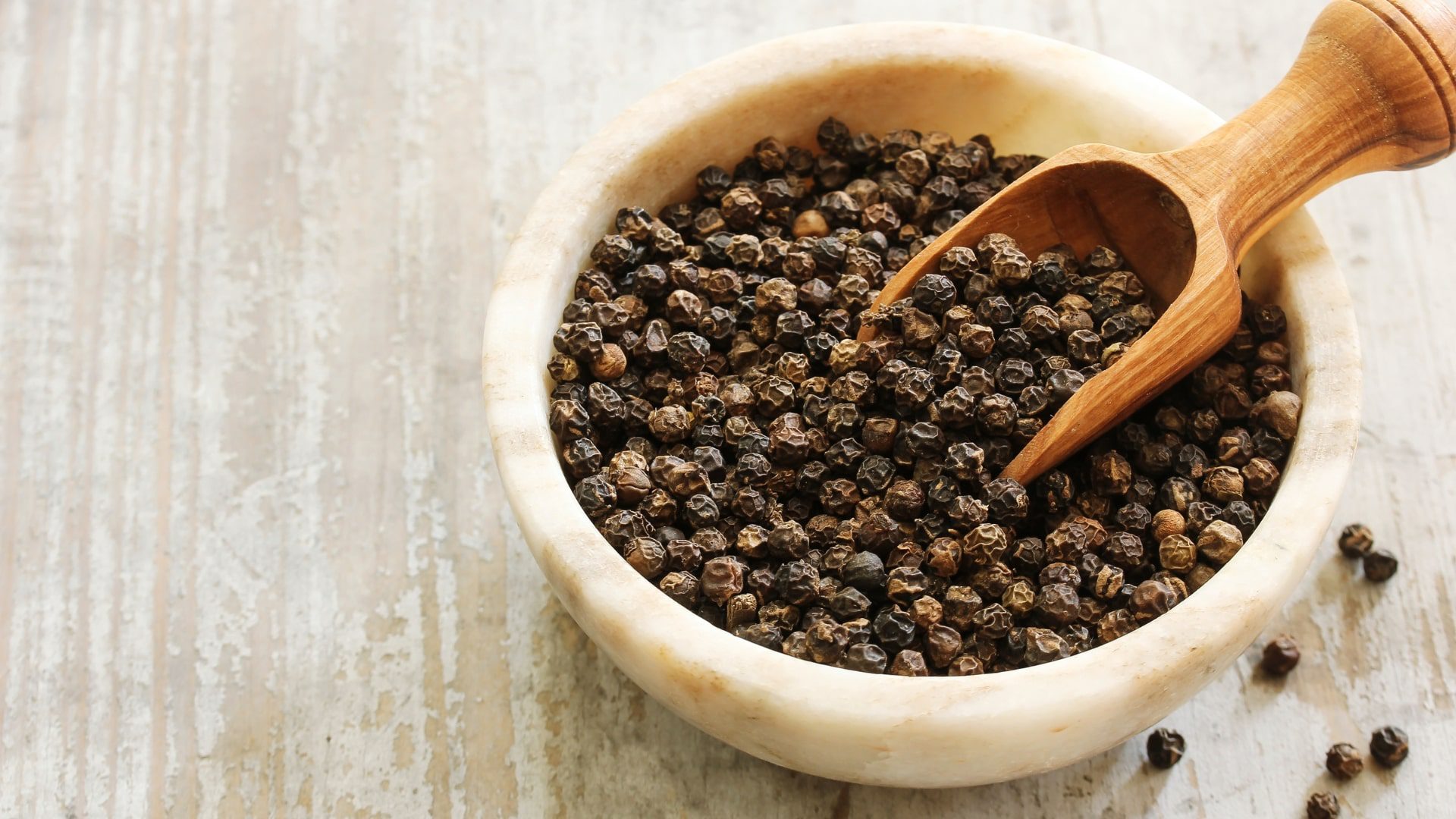
Sweet peppers, also known as bell peppers or capsicum, are among the most colorful and nutritious vegetables you can add to your diet. While most people enjoy their crisp texture and sweet flavor, they often discard the seeds, considering them useless or bitter.
However, sweet pepper seeds are more than just tiny leftovers — they carry their own set of nutrients and health benefits. In this article, we’ll explore the nutritional profile, health advantages, and ways to use sweet pepper seeds effectively.
Table of Contents
What Are Sweet Pepper Seeds?
Sweet pepper seeds are the small, round, off-white seeds found inside the bell pepper fruit. These seeds are edible, though slightly bitter, and can be consumed in cooked or powdered form.
They contain essential oils, dietary fiber, antioxidants, and trace minerals that contribute to overall health and wellness.
Nutritional Profile of Sweet Pepper Seeds
While the seeds make up a small portion of the pepper, they still contain valuable nutrients such as:
-
Dietary fiber – supports digestion and bowel health
-
Proteins and amino acids – aid in muscle repair and cell growth
-
Essential fatty acids – promote heart and brain health
-
Vitamin E – acts as an antioxidant
-
Minerals like magnesium, potassium, and calcium
Combined with the nutrients found in the pepper’s flesh — such as vitamin C, A, and B6 — these seeds contribute to an overall nutrient-rich food source.
Health Benefits of Sweet Pepper Seeds
1. Rich Source of Antioxidants
Sweet pepper seeds are packed with antioxidant compounds that help neutralize harmful free radicals in the body. This protects your cells from oxidative stress and reduces the risk of chronic diseases such as heart disease, diabetes, and premature aging.
2. Supports Digestive Health
The fiber content in sweet pepper seeds aids in smooth digestion. It adds bulk to stool, prevents constipation, and helps maintain a healthy gut microbiome.
3. Promotes Heart Health
The natural oils and antioxidants in the seeds help reduce bad cholesterol (LDL) and improve good cholesterol (HDL) levels. This contributes to better heart health and lowers the risk of cardiovascular diseases.
4. Boosts Immunity
Although small in quantity, sweet pepper seeds retain traces of vitamin C and phytonutrients that can strengthen the immune system and enhance the body’s defense against infections.
5. Supports Weight Management
Sweet pepper seeds are low in calories and high in fiber, which promotes a feeling of fullness and reduces overeating. They can be a helpful addition to a balanced, weight-friendly diet.
6. Natural Anti-Inflammatory Properties
The compounds in sweet pepper seeds help reduce inflammation in the body, making them beneficial for people with arthritis, joint pain, or inflammatory bowel conditions.
7. May Help in Regulating Blood Sugar
The fiber and antioxidant properties of sweet pepper seeds can help stabilize blood sugar levels, which may benefit people managing diabetes or insulin resistance.
8. Improves Skin Health
The vitamin E and essential fatty acids present in the seeds nourish the skin from within, supporting elasticity, moisture, and protection against environmental damage.
How to Consume Sweet Pepper Seeds
Although sweet pepper seeds can be eaten raw, most people prefer them in cooked or processed form due to their slightly bitter taste. Here are a few ways to use them:
-
Roasted: Lightly roast the seeds to reduce bitterness and add crunch to salads or soups.
-
Powdered: Grind dried seeds into a fine powder and sprinkle it on vegetables or sauces.
-
Infused oil: Soak seeds in olive oil for a few days to create pepper-infused oil for cooking.
-
Smoothies or juices: Blend the seeds along with the pepper to maximize nutrition.
Always consume in moderation — excessive intake may cause mild digestive discomfort.
Difference Between Sweet Pepper Seeds and Chili Pepper Seeds
While both belong to the Capsicum family, sweet pepper seeds differ from chili pepper seeds in one key way — they don’t contain capsaicin, the compound responsible for heat and spiciness.
This makes them suitable for people who prefer non-spicy, mild flavors but still want to enjoy the nutritional benefits of pepper seeds.
Possible Side Effects and Precautions
While sweet pepper seeds are generally safe, here are a few things to keep in mind:
-
Digestive sensitivity: In rare cases, people with sensitive stomachs may experience gas or mild irritation.
-
Allergies: Those allergic to peppers should avoid consuming the seeds.
-
Bitterness: The seeds can taste slightly bitter, so mixing them with other foods helps balance the flavor.
How to Store Sweet Pepper Seeds
If you plan to reuse the seeds for eating or planting:
-
Remove seeds from fresh peppers.
-
Spread them on a clean surface and let them air-dry for 2–3 days.
-
Store in an airtight container in a cool, dry place.
Properly dried seeds can last several months and retain most of their nutrients.
Sweet pepper seeds may be small, but they pack a surprising amount of nutrition and health benefits. From improving digestion and heart health to supporting weight management, these tiny seeds offer much more than most people realize.
So next time you cut open a sweet pepper, think twice before tossing those seeds away — they might just be a hidden gem for your health!


